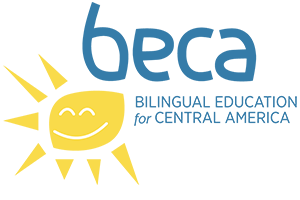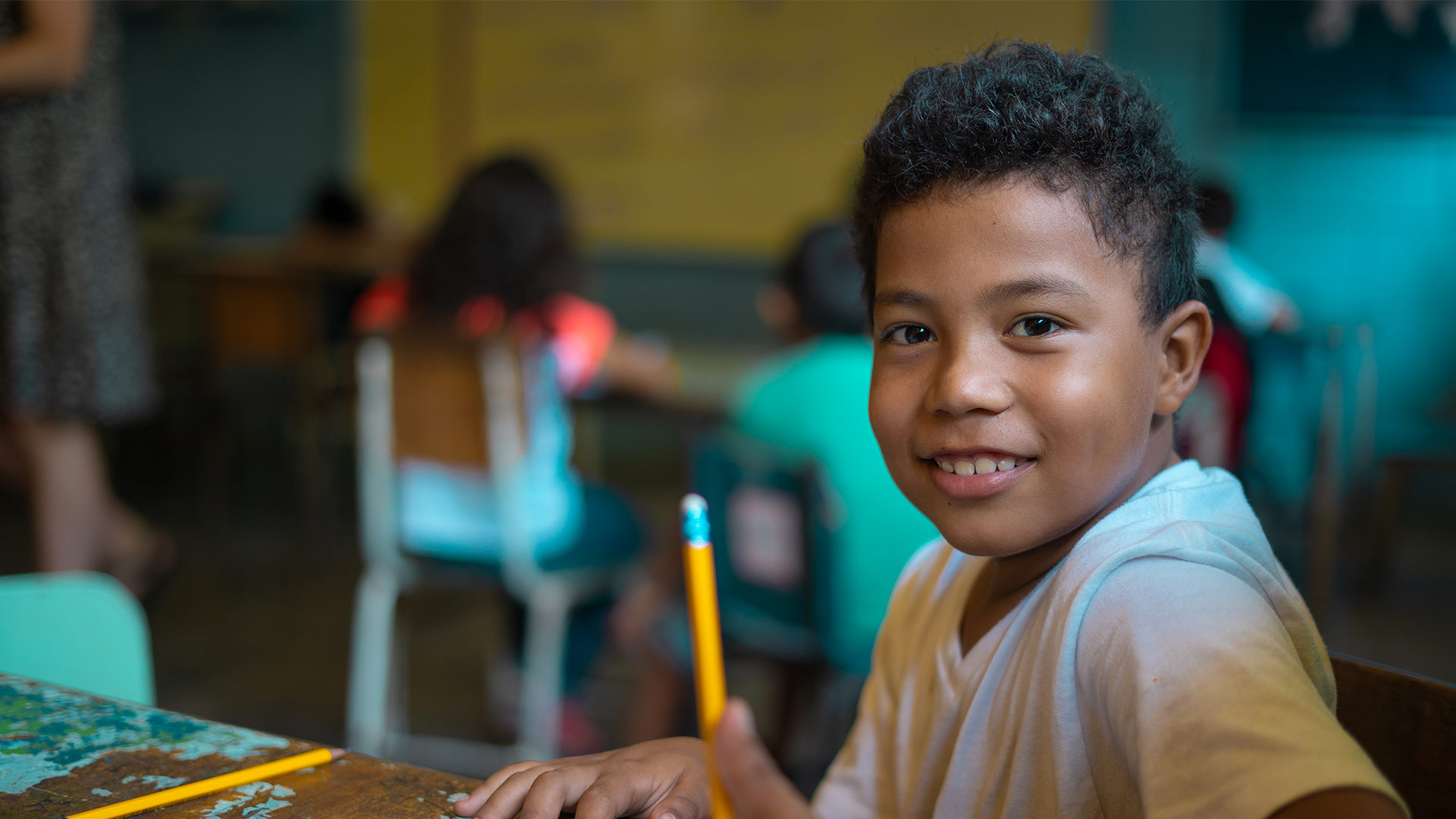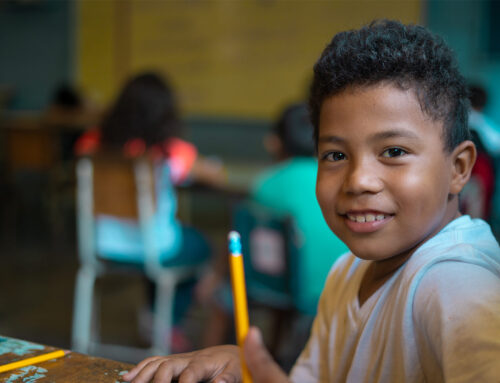In July 2017, I left my small Maryland town and boarded a plane for San Pedro Sula, Honduras. For the next year, I would be living forty minutes out of the city and teaching middle school English to 7th, 8th, and 9th graders at the San Jeronimo Bilingual School in Cofradía, Cortés. This would be my fifth year teaching middle school English, but my first time living so far away from my family and friends. When I first interviewed to teach, former volunteers warned, “This will be one of the most difficult but also most worthwhile experiences of your life.” As I sit here one year later, I can confidently say they were 100% correct.
Some days of volunteer teaching felt like an endless stream of worries: Would I have running water tomorrow? Will the copier work this week? Why does it feel like my skin is melting? When will I finally grade those 75 essays from last week? Will the power go out during this rainstorm? What is that very large insect doing in my bedroom? And my biggest concern, How am I possibly going to finish planning 300 minutes of upper-grade English lessons that will actually keep teenagers engaged 90% of the time they are in my classroom?
For every worry and fear, there was an answer. And frankly, sometimes I did not like those answers. Just like I wanted my middle schoolers to learn to use their resources, problem-solve, and tackle their challenges with gusto and grit, I too spent last year learning to do so. Some days in my classroom, we needed to remind ourselves how to safely use scissors and glue. Other days, we identified problems and researched solutions, had philosophical conversations about morality and our place in the world, and celebrated each other’s accomplishments. Teenagers are fascinating because they sometimes know more about school topics than the teacher, but they are also still learning how to regulate their emotions. Middle school students are not going to greet their teachers every day with a hug and a new slate, but they are incredibly capable of surprising you and showing their love. I’ll never forget my 9th graders planning a surprise party on my birthday, one student distracting me while the others grabbed an ornate, fruit-topped chocolate cake before serenading me. I’ll never forget my 8th graders choosing to use their lunch break to finish writing letters to their pen pals, the video we created and published (https://drive.google.com/file/d/1dvq2BgRcT0krL5cleRmsE2fPMjuLeGKI/view), or when they lit my hands on fire for “the sake of science.” (https://drive.google.com/file/d/1jBcNqaaPVy-mqZF5CzeCw9rrj274ic6j/view) And I’ll certainly never forget the first book all year to win-over the interest of my 7th graders (Among the Hidden, by Margaret Peterson Haddix).
Now, my heart races with excitement when I think about returning this summer to help train next year’s teachers. I cannot wait to spend time with my former students, eat a baleada from my favorite kitchen, and prepare next year’s group of fledgling volunteers.
This year, I work in a Maryland public high school and teach first and second-year English learners. 98% of my students immigrated here from Honduras, El Salvador, Guatemala, or Mexico. Even though, I came into this position with 5 years of teaching experience, a masters degree in TESOL (Teaching English to Speakers of Other Languages), and a significant amount of compassion, it was my experience with BECA that most prepared me for success. Creative problem solving, patience for myself and others, and a more contextualized understanding of a Central American community are skills I use daily.
In my current teaching position, I am seeing what happens to some of the students who don’t have these opportunities–this access to a safe, affordable, and high-quality education close to home. No matter how much we work to improve our reading, writing, speaking, and listening skills, it is obvious who had consistent access to formal education and who did not. Also, no matter how adaptable and hopeful my students are, so many of them ache to be back home.
Organizations like BECA and schools like San Jeronimo, Amigos de Jesus, and Santa Monica allow students to relatively have it all. Not all of my SJBS students came from homes with a comfortable amount of resources, yet they were able to receive a high-quality education in their backyards. BECA and its partners create opportunities for hundreds of students every year. These young people are gaining literacy skills, thinking critically, and looking for ways to positively change their worlds–and doing so bilingually. They are gradually breaking the cycle of poverty at home and in their communities.
BECA’s teaching positions are competitive, but at the same time, they need to be filled. BECA believes in hiring the highest quality volunteer possible, which means that sometimes positions will go vacant and fewer teachers have to cover more classes. When you agree to teach with BECA, you apply and agree to be flexible, to give as much of yourself as sometimes feels possible, and to work incredibly hard. You apply and agree to do this because it matters. You apply and agree to do this because even if the lesson didn’t go as planned, even if it felt like students learned next to nothing some days, they knew that someone cared enough to show up for them. You apply and agree to do this, and in the end, you learn more than you could ever possibly teach in a single year. I am and will always be so grateful to BECA, to SJBS, and to all of the families and community members who supported me last year. So many people shared with me their love, coffee, time, trust, food, uncertainties and vulnerabilities, and their hopes for the future. I can now only dream of one day being able to give back equally in return.








